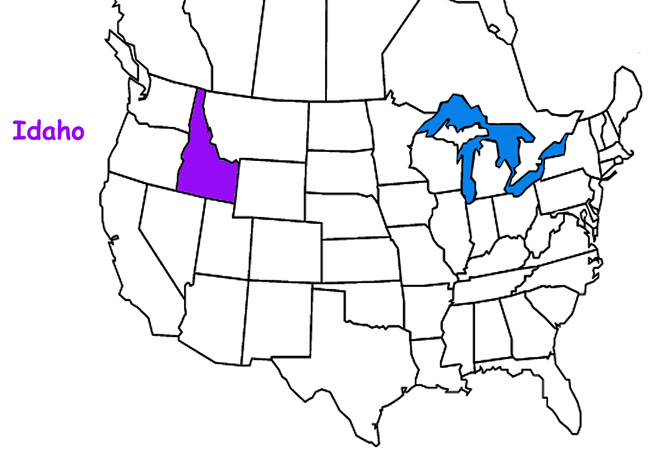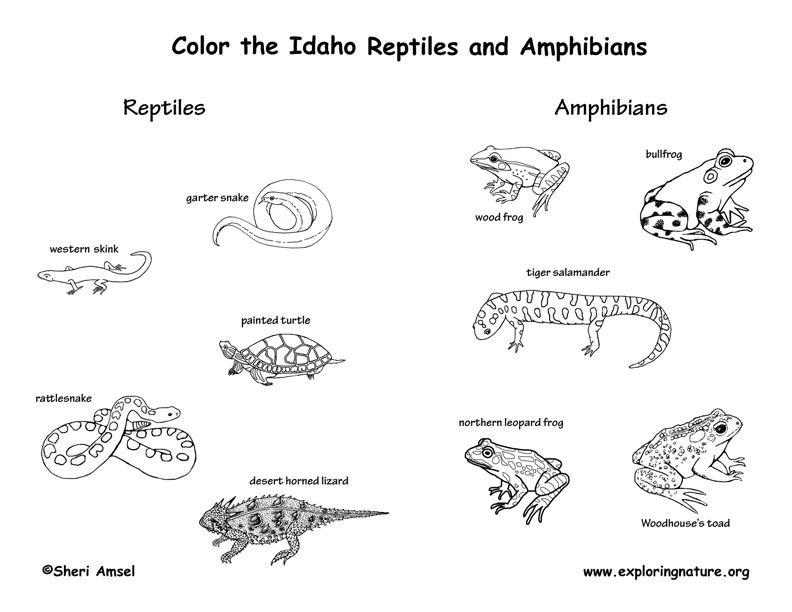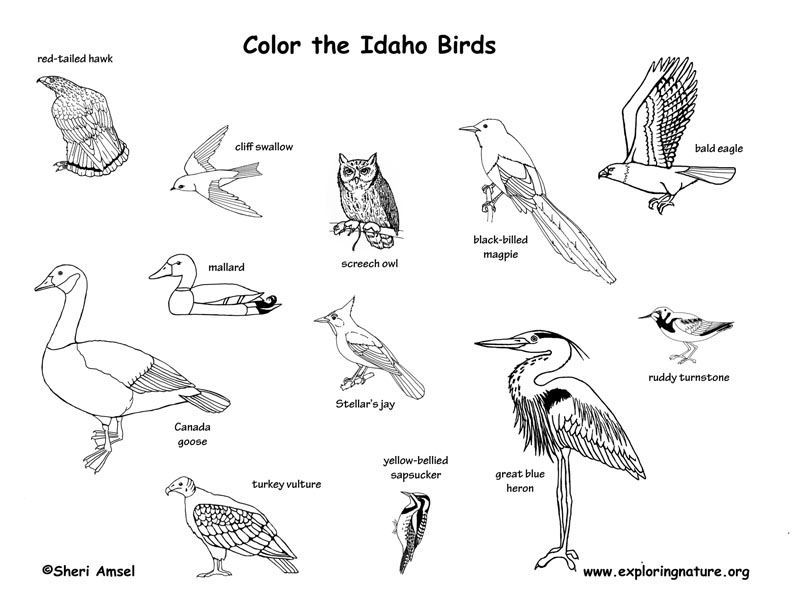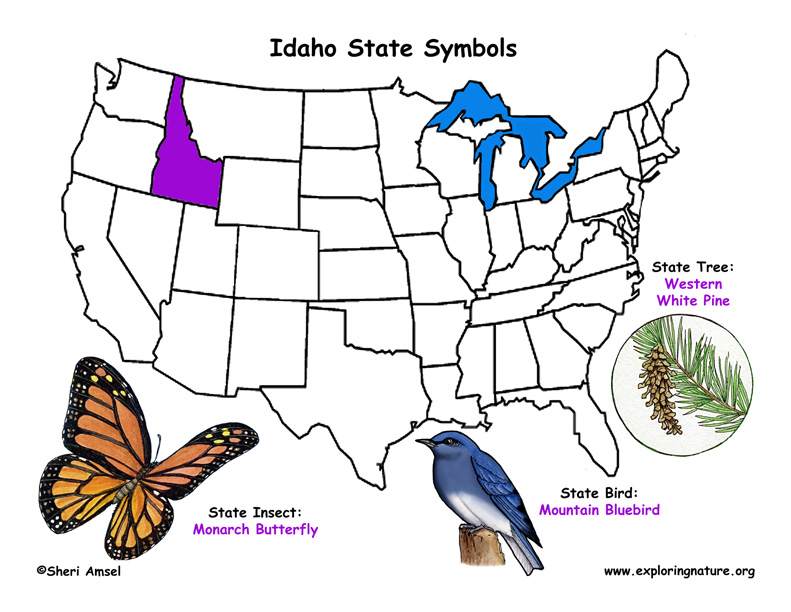

Idaho is a rugged, beautiful state with mountains, forests, wetlands, rivers, lakes and rangelands. Scientists categorize Idaho as having 5 ecoregions. They are sagebrush grasslands found across southern Idaho (18.5 million acres), juniper woodlands in small areas in southwestern and south-central Idaho (1.6 million acres), salt‐desert shrublands in a small area in southwestern Idaho (1.5 million acres), Pacific bunchgrass in a band along the border of west-central Idaho (1.2 million acres) and coniferous forests in a thick swath from central Idaho up through the panhandle and along the eastern edge of the state (22 million acres).
Forests cover 40% of Idaho. Most of Idaho's forests are conifer forests made up of about 28% Douglas fir, 28% fir/spruce, 13% lodgepole pine, 10% ponderosa pine and 4% western white pine. Other conifers include hemlock, western larch, western red cedar, Engelmann spruce, subalpine fir, and grand fir.
Idaho's wetlands include marshes, swamps, potholes and peatlands. Wetlands are very important habitats. They provide valuable wildlife habitat, stabilize shorelines and protect the land from storm surges and flooding. They act as filters to pollutants that run off the land from farms, towns and cities. Yet, for generations, people saw wetlands as wasted land and set about filling them in and covering them over for building roads, housing developments, farms, and industry. Idaho rivers and streams provided early trappers with beaver pelts until the beaver was trapped out (by 1830). Then came the gold miners panning for gold. Panning was a destructive process that involved dredging and sluicing and ruined riparian habitats that lined the streams. Though the waterways were valued by early pioneers, the adjacent wetlands were not and they were routinely drained for farming and "flood control." It wasn't until late in the 1900s that people realized the vital importance of wetlands and started protecting and reclaiming them.
Idaho's marshes have soft-stemmed plant matter like cattails, rushes and sedges that are often emergent (rising out of the water). Idaho's swamps have woody-stemmed plants - mainly trees like cottonwood, willow, red-osier dogwood, alder, river birch, and hawthorn. These are often called riparian areas in Idaho, lining waterways and important habitats for migrating birds and other wildlife. Peatlands are wetlands that have collected so much dead and rotting plant material that it can't decompose it all and over many centuries forms a mat of "peat." Idaho has what are called sedge fens characterized by thick peat beds of undecomposed sedges, scouring rushes and cattails.
For more information about Idaho's mammals (including Latin names) click on individual animal links or for another (off-site) resource: LINK or LINK
Amphibians
Reptiles
For more information about Idaho's mammals (including Latin names) click on individual animal links or for another (off-site) resource: LINK
When you research information you must cite the reference. Citing for websites is different from citing from books, magazines and periodicals. The style of citing shown here is from the MLA Style Citations (Modern Language Association).
When citing a WEBSITE the general format is as follows.
Author Last Name, First Name(s). "Title: Subtitle of Part of Web Page, if appropriate." Title: Subtitle: Section of Page if appropriate. Sponsoring/Publishing Agency, If Given. Additional significant descriptive information. Date of Electronic Publication or other Date, such as Last Updated. Day Month Year of access < URL >.
Amsel, Sheri. "Idaho Habitats, Mammals, Birds, Amphibians, Reptiles" Exploring Nature Educational Resource ©2005-2024. December 18, 2024
< http://www.exploringnature.org/db/view/836 >








